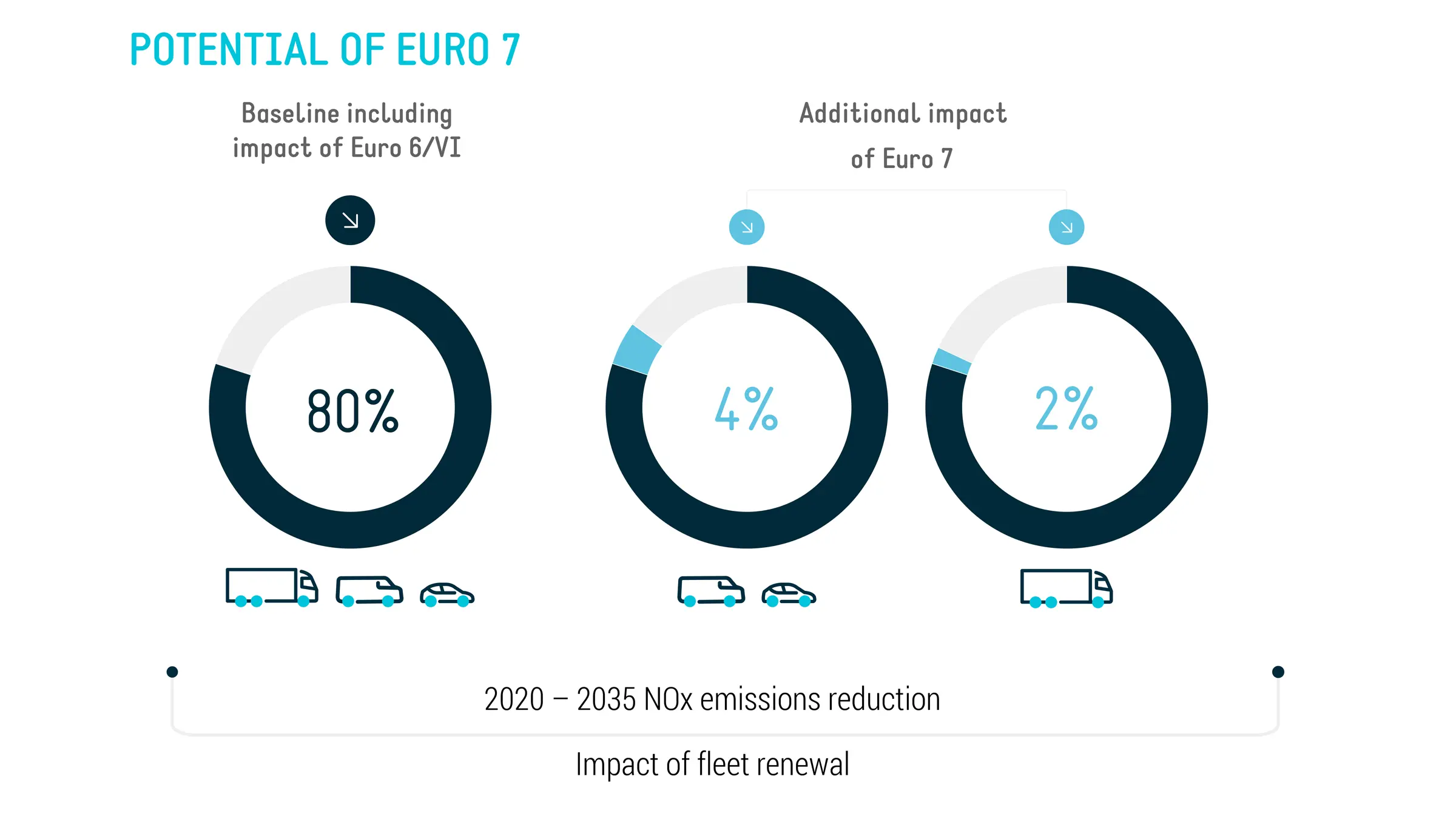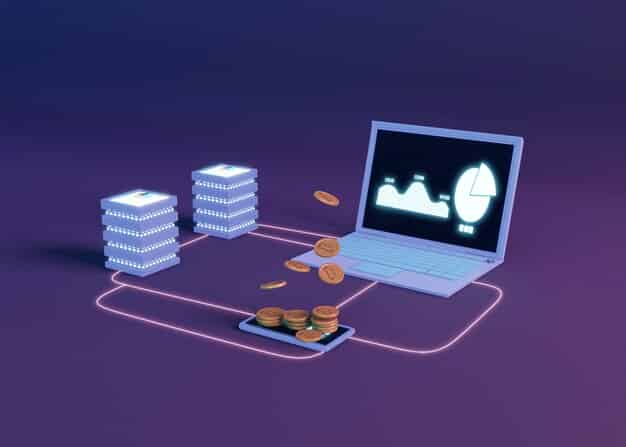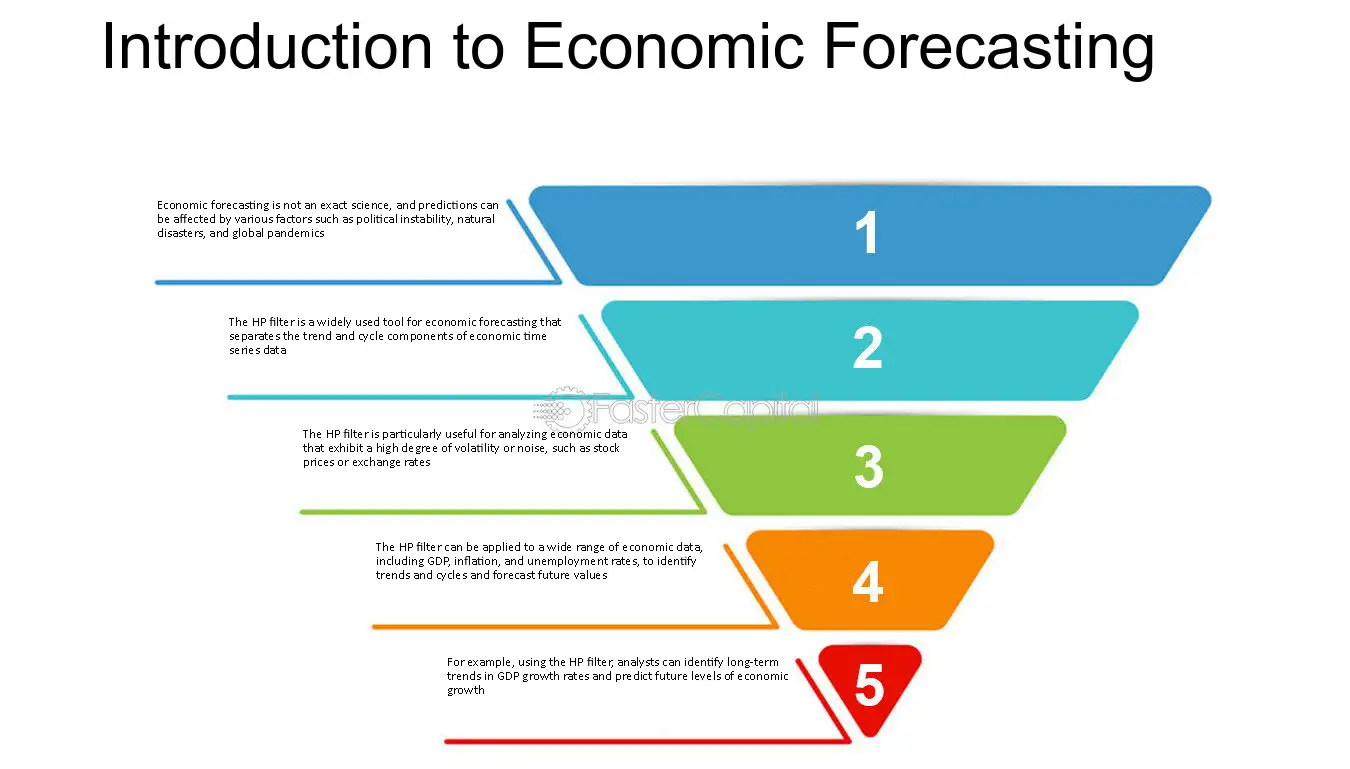Types of Welfare Programs Explained
Mia Wilson
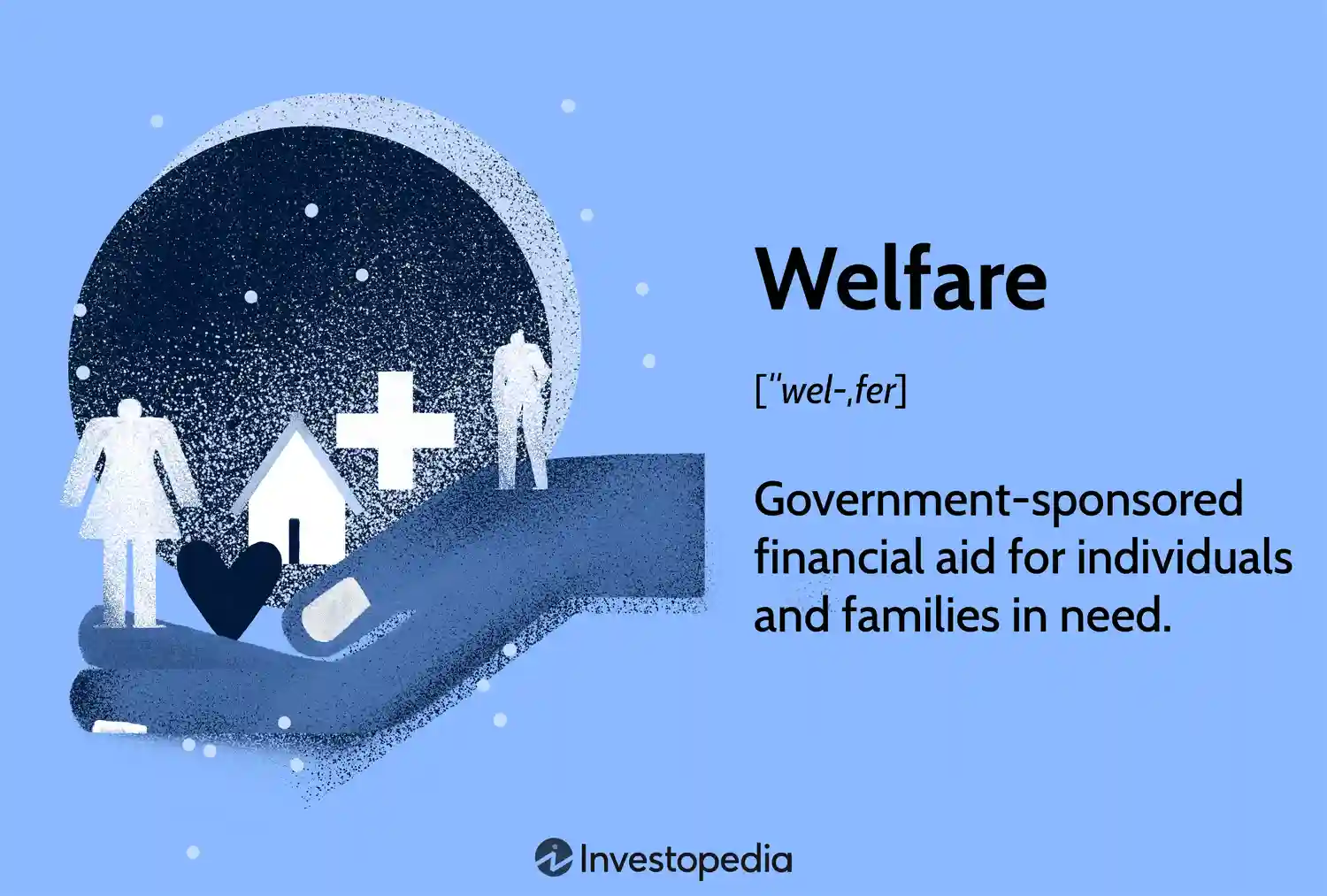
Photo: Types of Welfare Programs Explained
Types of Welfare Programs Explained: An In-Depth Guide
Introduction
Welfare programs play a critical role in society by offering assistance to individuals and families in need. These programs are designed to improve the quality of life for vulnerable populations, ensuring they have access to essential services such as healthcare, housing, and food. While welfare programs vary by country, their fundamental goal is universal: reducing poverty and promoting social equity. In this article, we will explore different types of welfare programs, explain how they function, and discuss their impact on society.
Background: What Are Welfare Programs?
Welfare programs refer to government-funded initiatives aimed at supporting individuals who face financial hardship or social disadvantages. These programs provide economic assistance, access to healthcare, educational support, and employment services. Welfare programs generally fall into two categories: social insurance programs, which are contributory, and public assistance programs, which are non-contributory.
Social insurance programs are typically funded by payroll taxes and offer benefits to individuals who have paid into the system. In contrast, public assistance programs are financed through general tax revenues and are available to those who meet specific eligibility criteria, usually based on income.
Types of Welfare Programs
1. Cash Assistance Programs
Cash assistance programs provide direct financial aid to low-income individuals and families to cover basic living expenses. Common examples include:
- Temporary Assistance for Needy Families (TANF): This program offers short-term financial assistance and aims to help recipients become self-sufficient by providing job training and other support services.
- Supplemental Security Income (SSI): Administered by the Social Security Administration, SSI provides cash benefits to elderly, blind, and disabled individuals with limited income and resources.
These programs are essential in reducing immediate financial distress, ensuring that recipients can afford essentials such as food, clothing, and utilities.
2. Food Assistance Programs
Food insecurity remains a significant problem worldwide, and food assistance programs are designed to ensure that individuals and families have consistent access to nutritious meals. Notable programs include:
- Supplemental Nutrition Assistance Program (SNAP): Commonly known as food stamps, SNAP offers eligible participants a monthly benefit that can be used to purchase food.
- Women, Infants, and Children (WIC): This program provides nutritional support to low-income pregnant women, breastfeeding mothers, and young children at nutritional risk.
Studies have shown that food assistance programs significantly reduce hunger and improve health outcomes, especially among children.
3. Housing Assistance Programs
Stable housing is a cornerstone of well-being. Housing assistance programs help low-income individuals and families secure safe and affordable housing. Key examples include:
- Section 8 Housing Choice Voucher Program: This federal program helps low-income families, the elderly, and disabled individuals afford housing in the private market.
- Public Housing: Public housing authorities provide affordable rental units directly to low-income families.
Housing assistance not only reduces homelessness but also fosters better health and educational outcomes by providing a stable living environment.
4. Healthcare Assistance Programs
Access to healthcare is a fundamental human right, and healthcare assistance programs ensure that low-income individuals can receive medical care. Key programs include:
- Medicaid: Medicaid provides health coverage to millions of low-income individuals and families, covering services such as doctor visits, hospital stays, and long-term care.
- Children’s Health Insurance Program (CHIP): This program offers low-cost health coverage to children in families who earn too much to qualify for Medicaid but cannot afford private insurance.
Healthcare assistance improves public health and reduces the financial burden of medical expenses on vulnerable populations.
5. Unemployment Benefits
Unemployment benefits are a form of temporary income support provided to individuals who have lost their jobs through no fault of their own. These benefits help bridge the gap until recipients can find new employment.
- Unemployment Insurance (UI): Funded by payroll taxes, UI provides weekly payments to eligible unemployed workers.
- Pandemic Unemployment Assistance (PUA): Introduced during the COVID-19 pandemic, PUA extended benefits to gig workers and self-employed individuals who were not traditionally covered by UI.
These programs not only offer financial relief but also stabilize the economy during periods of high unemployment.
6. Educational Assistance Programs
Education is a key driver of social mobility, and educational assistance programs aim to make education more accessible to disadvantaged groups. Examples include:
- Pell Grants: These grants help low-income students afford post-secondary education by covering tuition and other expenses.
- Head Start: This program promotes school readiness for young children from low-income families by offering early childhood education, health, and nutritional services.
By investing in education, these programs empower individuals to break the cycle of poverty.
Analysis: The Impact of Welfare Programs
Welfare programs have a profound impact on society. They not only alleviate poverty but also contribute to long-term economic growth by investing in human capital. For example, studies have shown that children who benefit from food and educational assistance are more likely to achieve higher educational attainment and earn better wages as adults.
However, welfare programs are not without controversy. Critics argue that they can create dependency, reduce the incentive to work, and strain government budgets. Proponents, on the other hand, emphasize that welfare programs are essential for maintaining social stability and ensuring equal opportunities for all citizens.
Balancing these perspectives is crucial in designing welfare policies that are both effective and sustainable. Policymakers must focus on program efficiency, fraud prevention, and the promotion of self-sufficiency among beneficiaries.
Conclusion
Welfare programs are a vital component of modern societies, offering a safety net for those in need. From cash assistance and food support to healthcare and education, these programs address various aspects of poverty and inequality. While challenges remain in their implementation and funding, their benefits in promoting social well-being and economic stability are undeniable.
As welfare programs continue to evolve, it is essential to strike a balance between providing immediate relief and fostering long-term self-reliance. By doing so, societies can ensure that their most vulnerable members are supported while encouraging upward mobility and economic participation.
For You
View AllUnderstand Euro 6 emission standards and their impact on car manufacturing and air quality. Stay informed on environmental policy!
Mia Wilson
Learn how blockchain is powering the NFT market and what it means for creators.
Mia Wilson
Learn how VPS hosting boosts website performance and speeds up loading times.
Mia Wilson
Dive into the main causes of unemployment and how they affect the economy. Learn more about this critical issue!
Mia Wilson
Get insights into VPS hosting prices and how to choose an affordable plan.
Mia Wilson
Explore various economic forecasting methods and their importance in decision-making. Click to gain clear insights!
Mia Wilson
Education
View All
April 24, 2025
What Is Distance Education? Explained!
Discover how distance education works, its benefits, and how it’s transforming learning. Start your journey today!

April 17, 2025
What Is Secondary Education? Explained!
Learn about secondary education, its structure, and its role in shaping academic and career paths. Get insights today!
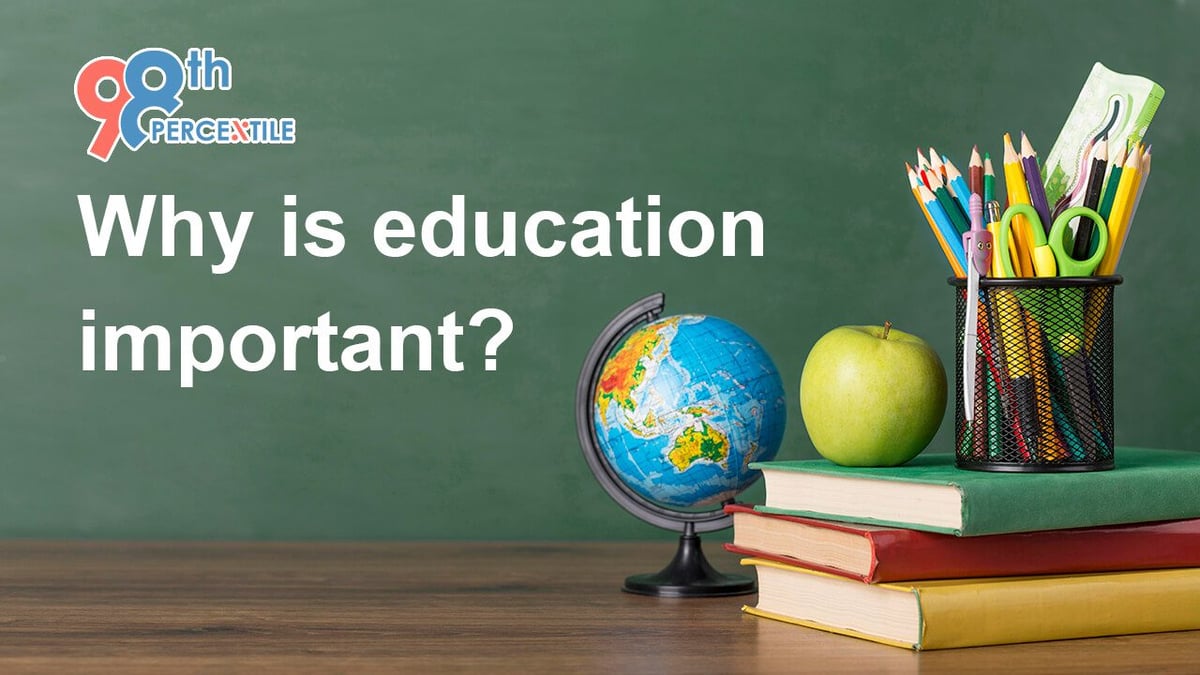
April 16, 2025
Why Is Education Important?
Explore why education is vital for personal growth, career success, and societal progress. Start learning now!
